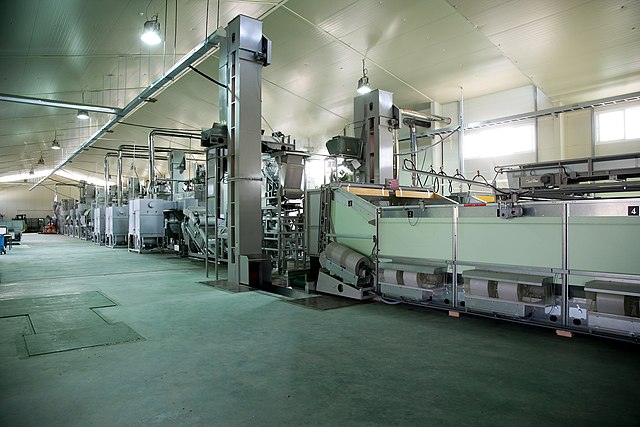China on April 7, 2025 launched an ambitious three-stage agricultural plan that will make rural areas modern by the mid-century.
With it, the Central Committee of the Communist Party aims to boost productivity and farmers’ earnings through technology, mechanization and pricing.
Once realized, the “strong agriculture” plan will have overcome currently predominant small-scale farming and transform it digitally.
2027: Self-Sufficiency
The plan is in three stages, with the first being achieving “reasonable self-sufficiency” in food staples by the year 2027.
Self-sufficiency means effecting radical improvements in production and yield rates such that imports will remain all but negligible.
The world’s second biggest economy also seeks to attain 700 million tons in grain output in the short term within this timeline.
2035: Agricultural Income Plan
The second target is to make rural China modern by raising income levels to those of the cities by 2035.
This could be the biggest challenge for 1/3rd of the country’s 1.4 billion people currently live in the rural areas.
Many farm operations such as tea picking are still manual, sometimes for sustainability reasons. Leveraging these activities mechanically could therefore be uphill within the ten-year policy target.
Another challenge is bridging the yawning revenue gulf between rural and urban China though price-based remuneration. In 2024, rural households averaged 23,119 yuan ($3,147) in disposable income per year, 43% of city equivalents.
2050: rural Living Standards
Fifteen years later, China’s rural areas will have attained full modernity or a high standard of living comparable to city life.
Farming integration with innovative mechanical equipment and agri-tech will be the heart of the goal.
Achieving the mechanization goal will be through the scrapping of aged machinery and changing the structure of the equipment.
The agri-tech part will utilize high speed technologies such as 5G for a conjoined rural-urban agricultural chain.
Already, China is into the master plan: Hubei Province currently uses robotic arms for selecting and sorting oranges. The general agricultural plan for the rural economy can be gleaned from the statistics below.
Statistics on China’s Modern Agricultural Plan
China is a world leader in production, trade and consumption of multiple agricultural produce and products. It may not rank highly in agricultural mechanization but it leads in agri-tech. The following sections review each aspect.
Tractors and combine harvesters: in 2020, China had 2.2 million combine harvesters in operation. As of 2000, the country had 989,139 tractors excluding garden tractors, the tenth highest. Over diverse timelines, the United States led the tractor tally with 4,389,812 tractors (2007) while India followed with 2,532,900 units (2003).
Farm equipment per square kilometer: in 2000, China had around 82.66 units of farm equipment (mainly tractors) per square kilometer or the 101st highest worldwide. Notably, the biggest countries by landmass such as China and India have far lower penetration per kilometer than smaller nations. This is why Slovenia and Andorra led the tally with over 4,500 tractors per square kilometer apiece in the 2000s.
Agriculture technology: according to sources, China is the fifth most advanced country in agri-tech. It had 660 agri-tech startups in 2021 that helped retain agriculture’s share at 7% of the national GDP. Hence, the smart agriculture market size upped from some $14 billion in 2015 to $27 billion in 2020.
